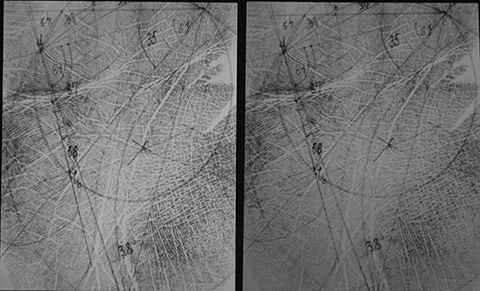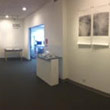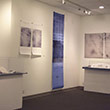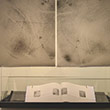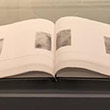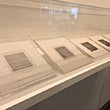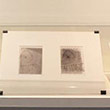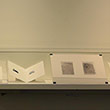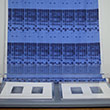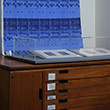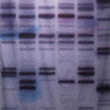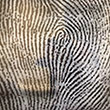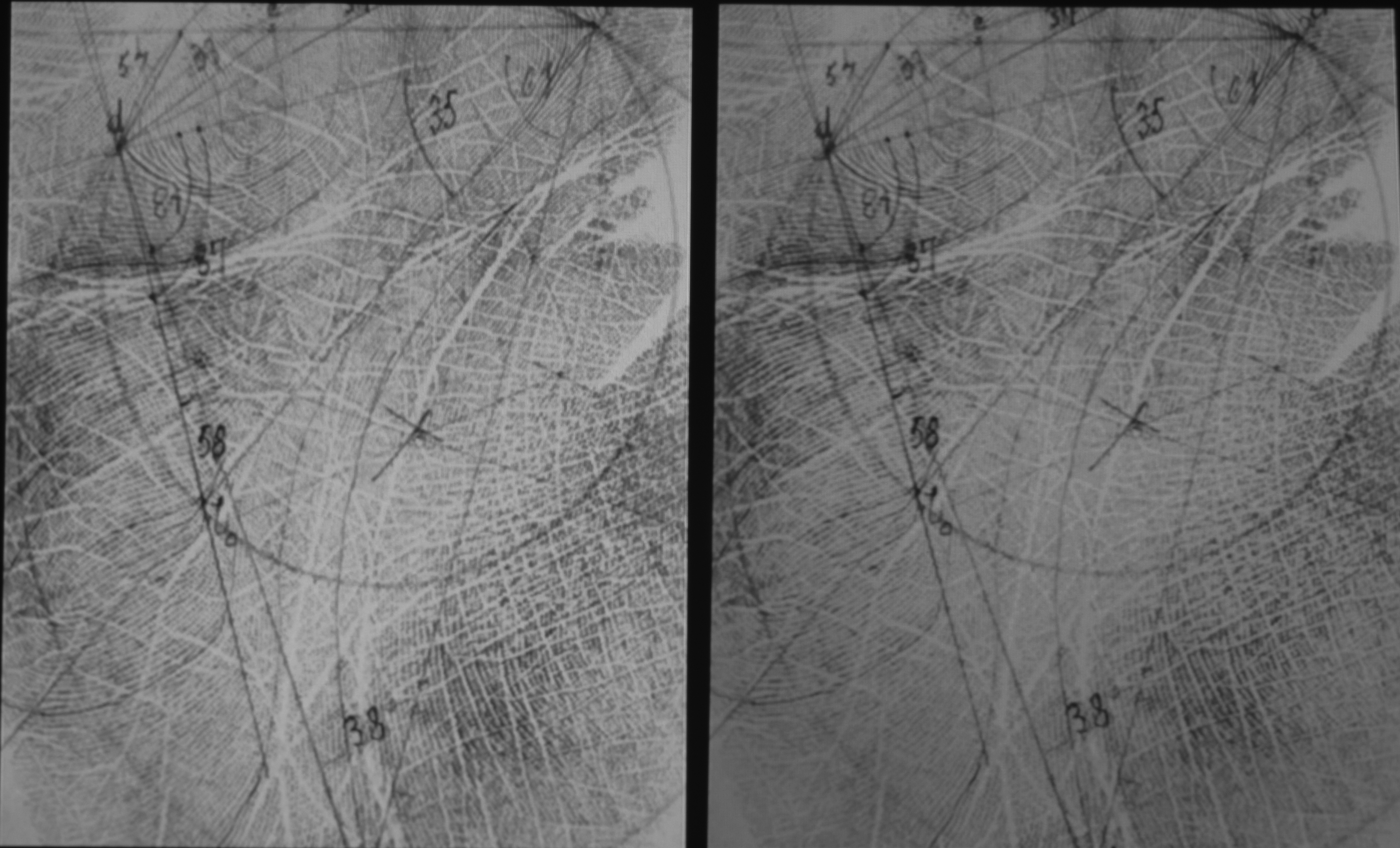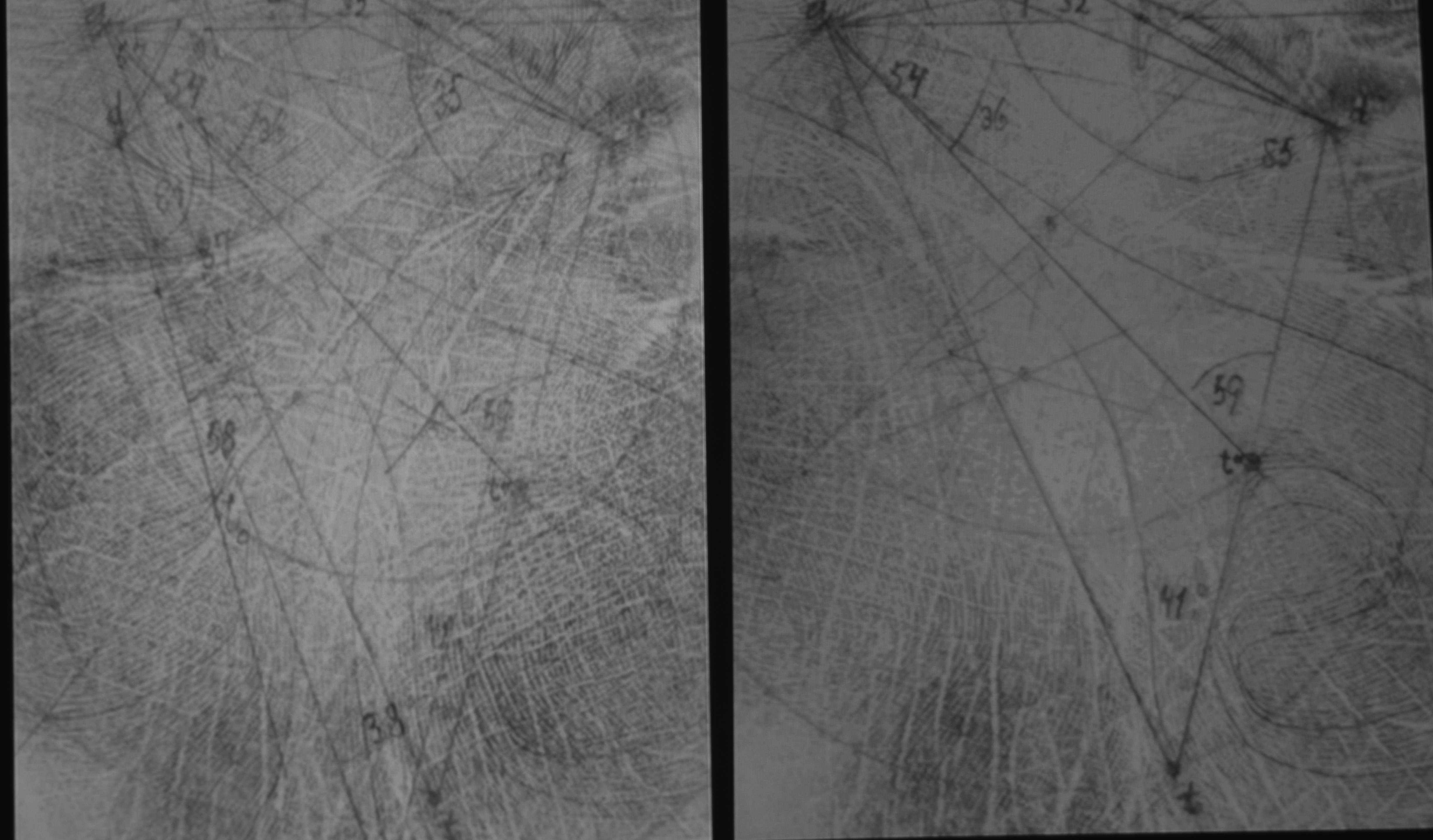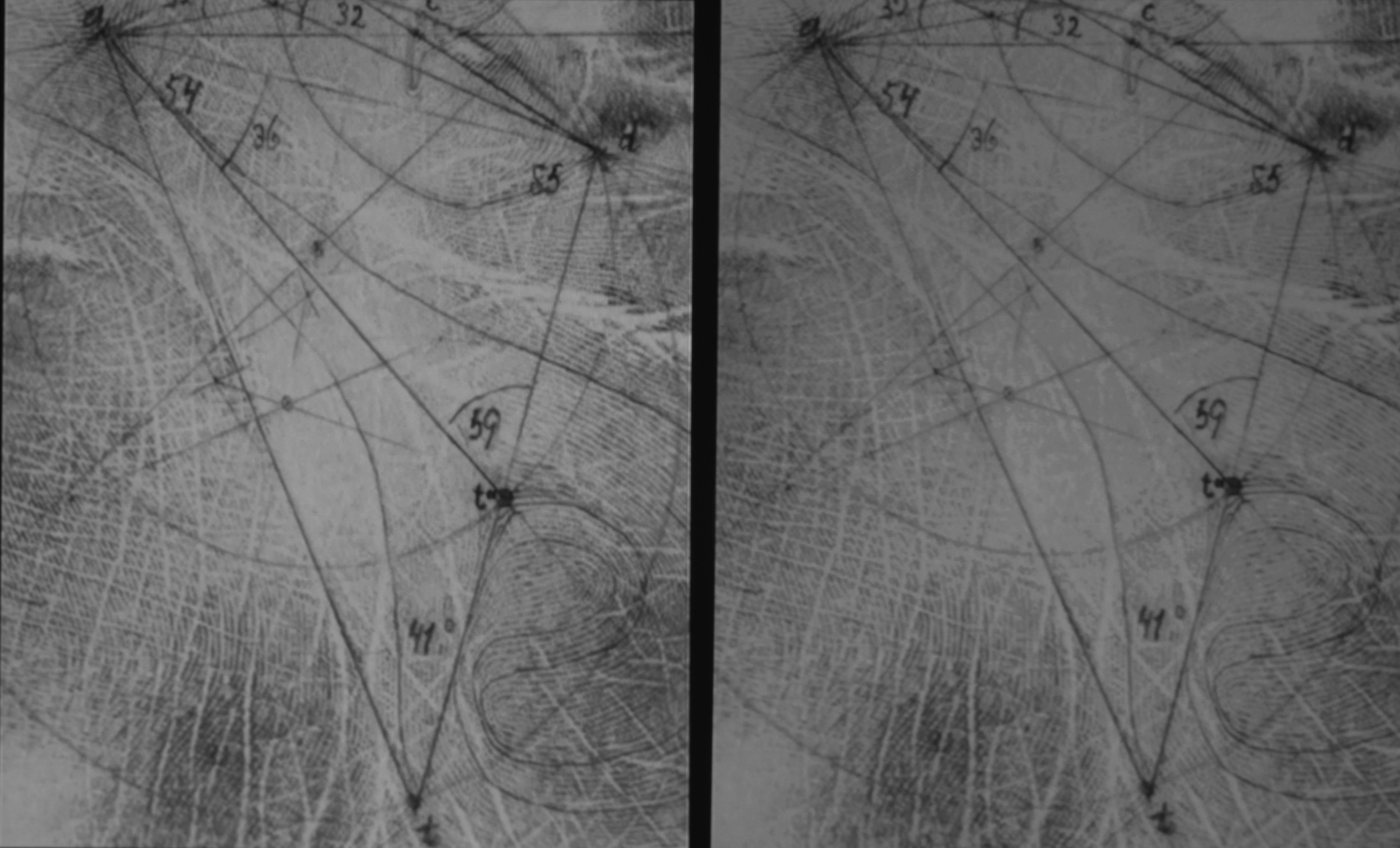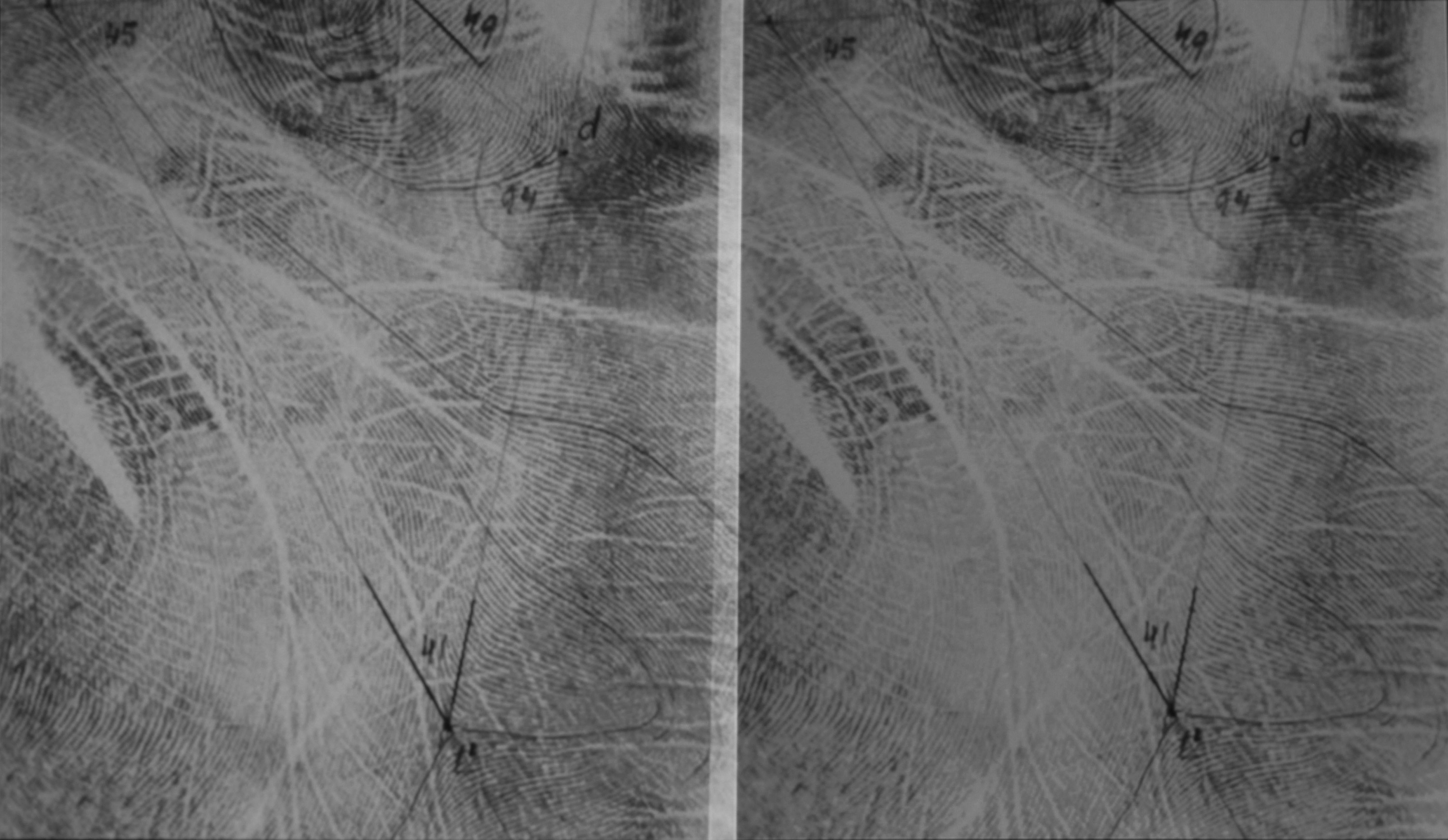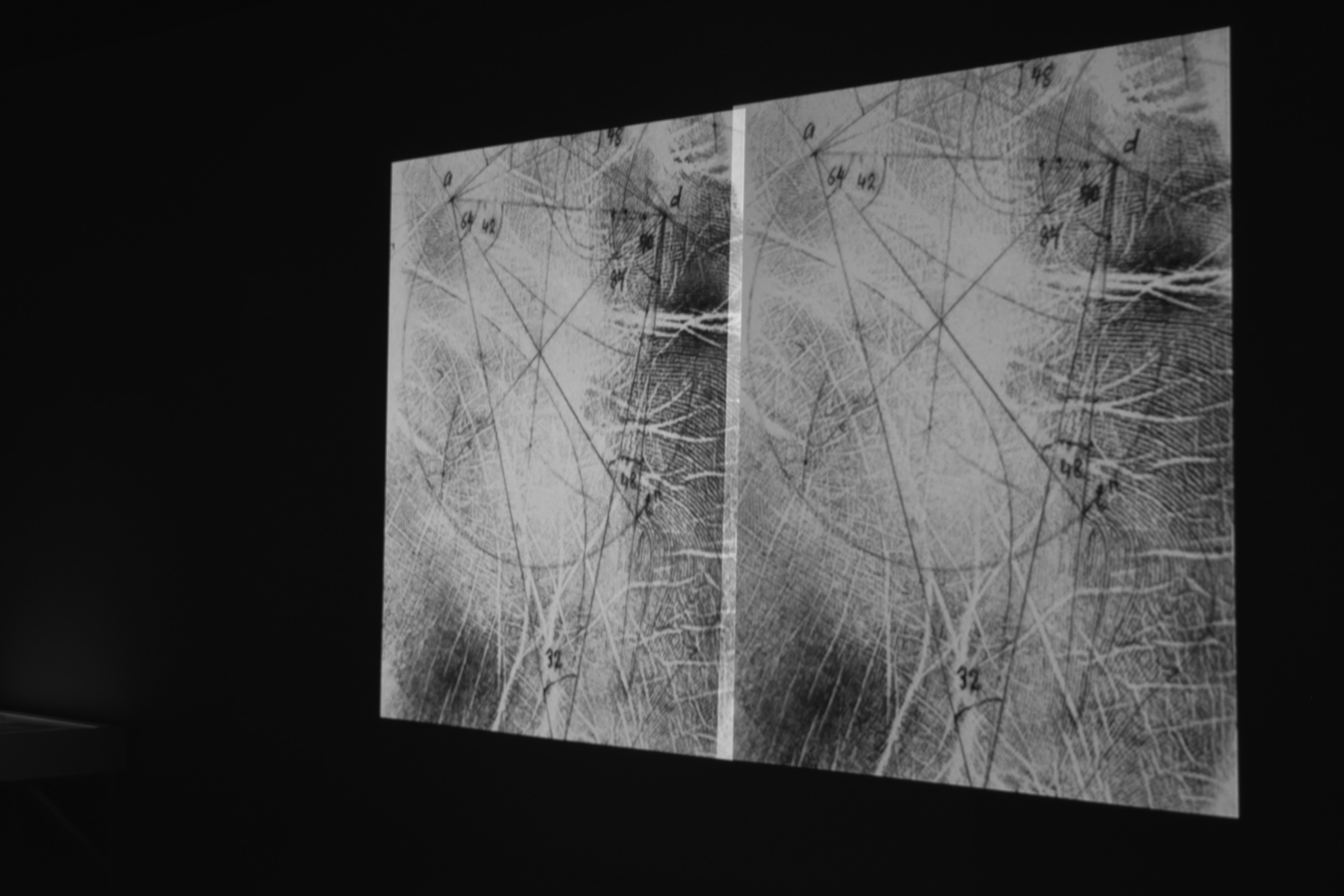9e2 Nine More Evenings - Fifty More Years
October 17-Decemeber 17, 2016
9e2- Art Science & Technology
NYC, 1966 / Seattle, 2016
King Street Station, Seattle Washington
October 21-29, 2016
Works in the exhibition at Cornish College of the Arts, Presidents Gallery:
Fingerprint/DNA Fingerprint
DNA Fingerprint Repeat Textile
Zwillinge, 2 Archival Prints
EZ and ZZ Zwillinge (4 Books)
Zwillinge Handabdrucke Psychiatrischen Kliniken, West Deutschland 1950-1964 (4 Books)
Works in the exhibition at 9e2- Art Science & Technology:
60 Sets of Twins, Berlin Germany 1952 - 2015 2 video projections
Handprints of Identical Twins 2015, 2 plates from a book 10’h x 12” w
Cornish College, and 9e2 are honored to present two exhibitions by artist Geraldine Ondrizek including books, photographs, video and textiles based on findings from the Max Planck Archive of the Kaiser Wilhelm Institute of Dr. Georg Geipel’s hand and fingerprint studies and the first DNA fingerprints from the Wellcome Trust, London.
Geipel, an anthropologist and statistician at the Kaiser Wilhelm Institute from 1930 through 1960, created a numeric system to measure the lines and curves in handprints and fingerprints. Through these measurements Geipel identified inherited hand line similarities in family groupings and identical twins. Although his ability to identify genetic inheritance was significant, Geipel’s evaluation and conclusions regarding racial difference and mental ability had grave consequences on society during WWII.
The numeric system he designed is now part of a system of biometric data collection that begins at birth by taking a child’s [we use footprints now] and has become the standard measure of identify. Ondrizek’s states “I aim to honor those who offered their identity markers for science. It is highly unlikely that these subjects would have known how their personal mark would have been used to establish the system we use now.” (Genevieve Tremblay, Chair of the Creative Corridor and Assistant Professor of Design, Cornish College of the Arts).
ARTIST’S STATEMENT
In 2015-16, I was awarded both a Ford Family Foundation and a year-long sabbatical from Reed College to continue my research on the visualization of genetics and eugenics, In the fall of 2015, I was an artist-in-residence at Momentum in Berlin, Germany, a research-based artist residency, to access the Max Planck Archive of the Kaiser Wilhelm Institute.
I was given access to archives at the Max Planck in Dahlem to view the work of Dr. Georg Geipel, an anthropologist and statistician who worked at the Kaiser Wilhelm Institute in Berlin from 1930 through 1960. Geipel used methods of dermatoglyphics and dactyloscopy for the study of fingerprints and handprints to link the pattern to inheritance. Geipel assigned mathematical coordinates to the lines and curves in the hand to create a system of measurement.
Through these measurements Geipel was able to identify inherited hand line similarities in identical twins based on embryology and racial difference. It should be emphasized that although his ability to identify genetic inheritance was significant, his evaluation and conclusions of racial difference and mental ability had grave consequences on society during the Second World War. However, he did continue to refine mathematical identification systems after the war. Geipel’s mapping and measuring of fingerprints proved that these marks are unique for each of us. He created a system that measured the breaks and intersections of the lines in the hands which is now used in hand and fingerprint scanners today for the collection of biometric data.
The history of biometric data skips the 1930s through 1950s because of the negative associations connected to the National Socialists. However, the effects of taking biometric data then and the effects of taking it now as a method of surveillance and as an identity code for each human being, is hauntingly similar.
I have had the privilege of looking at thousands of these studies and have focused on identical twin studies from the 1950s . Twin studies have continued to be of vital importance to genetics as they show the subtle differences in the genetic make-up of each human being.
I aim to honor those who offered their identity markers for science. It is highly unlikely that they would have known how their personal mark would have been used to establish the system we use now. However, the knowledge gained, for better or worse, is part of a system of biometric data collection that begins at birth with the taking of a child’s handprints and has become the standard measure of our identify worldwide.
Special thanks to: The Max Plank archivist, Kristina Starkloff and librarian Bernd Hoffmann for assisting in the archive research, The Kunstquarter Bethianian studio managers for assistance in production.
